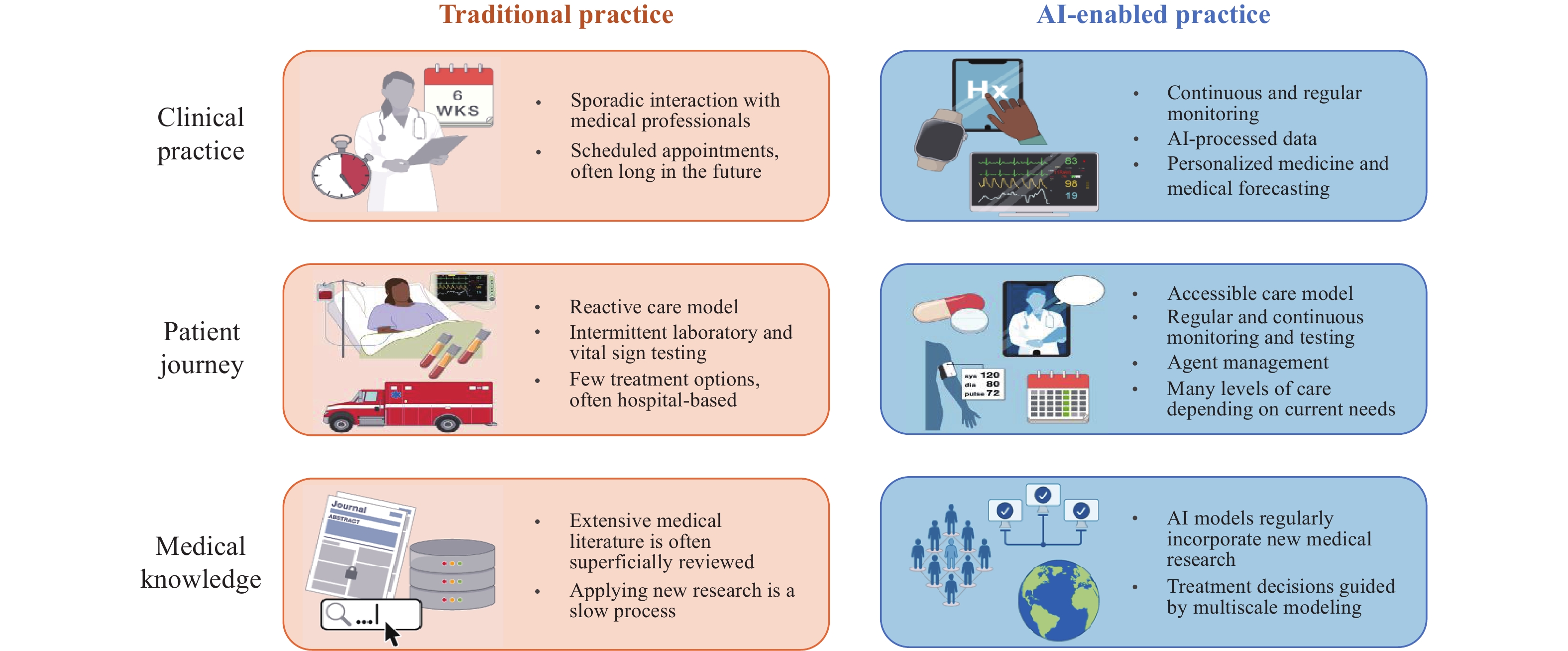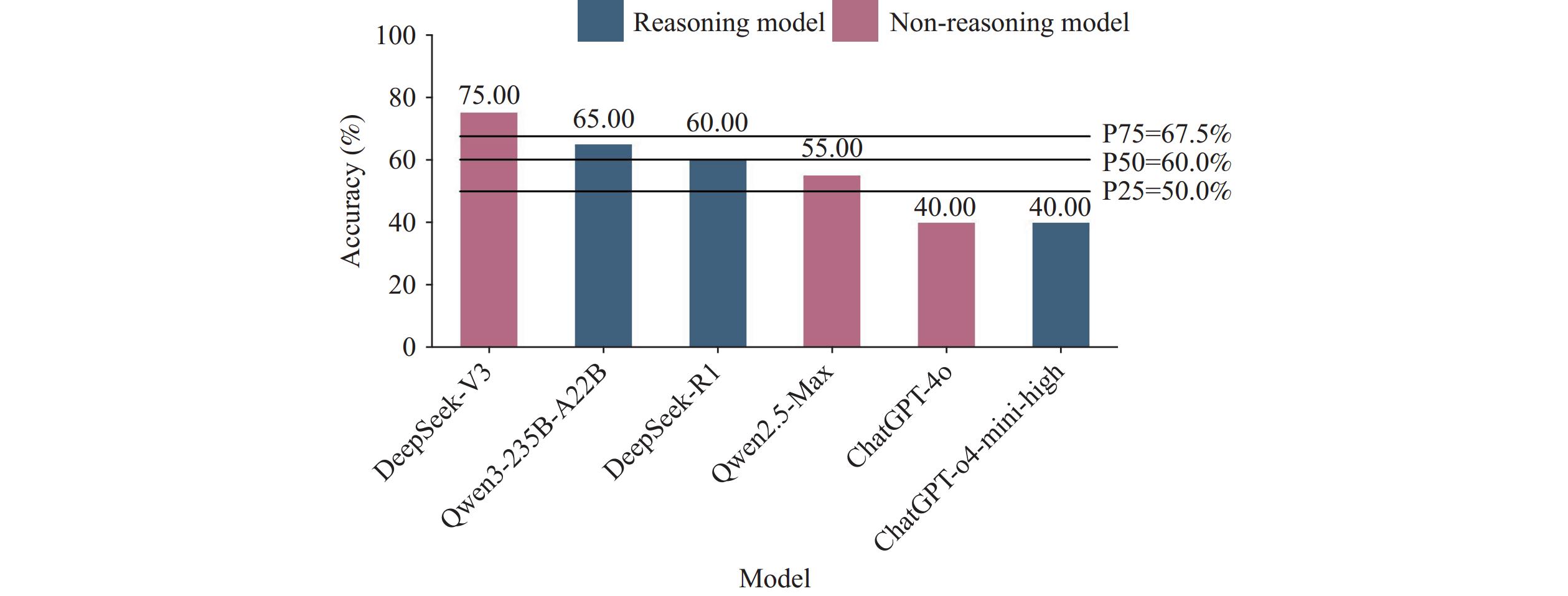2025 Vol. 7, No. 41
Artificial intelligence (AI) has broadly reshaped health and medicine, benefiting clinicians, patients, and health systems. However, technical, regulatory, and ethical challenges exist in the application of medical AI, ranging from data scarcity to fairness. We provide our perspective on how to address the major challenges facing widespread clinical adoption from both technical (e.g., building high-quality datasets, using larger and more diverse datasets for training, creating problem formulations that go beyond supervised learning, and combining human skills with AI tools) and ethical (e.g., using highly secure data platforms and strengthening governmental legislation) perspectives.
Large language models (LLMs) have demonstrated considerable potential in clinical applications. However, their performance in field epidemiology, particularly within Chinese-language contexts, remains largely unexplored.
This study evaluates six leading LLMs (ChatGPT-o4-mini-high, ChatGPT-4o, DeepSeek-R1, DeepSeek-V3, Qwen3-235B-A22B, and Qwen2.5-Max) using examination questions from the Zhejiang Field Epidemiology Training Program. For multiple-choice questions, all models except DeepSeek-V3 scored below the 75th percentile of junior field epidemiologists, while for case-based questions, LLMs generally outperformed that percentile. However, LLMs demonstrated significant limitations when addressing questions requiring specialized knowledge. Notably, LLMs may generate inaccurate or fabricated references, presenting substantial risks for inexperienced practitioners.
LLMs demonstrate promising potential for supporting epidemiological investigations. Nevertheless, current LLMs cannot replace human expertise in field epidemiology. Their practical implementation faces considerable challenges, including ensuring output accuracy and reliability. Future efforts should prioritize optimizing performance through verified knowledge databases and establishing robust regulatory frameworks to enhance their effectiveness in public health applications.
As the Chinese population ages, the prevalence of cognitive impairment among older adults continues to increase. Cognitive impairment severely restricts daily activities and creates significant social and economic burdens.
Using nationally representative data from the China Survey of Aging and Health (CAHS), this study found that the weighted prevalence of subjective cognitive decline and mild cognitive impairment among individuals aged 65 years and older in China was 38.8% and 28.4% in 2024, respectively, and both showed spatial clustering.
Through the analysis of spatial distribution patterns and identification of high-risk regions of cognitive impairment, this study provides critical information for developing targeted regional prevention and control interventions.
Mpox transmission occurs primarily through close skin-to-skin contact, sexual contact, and exposure to contaminated materials; imported cases can establish local transmission clusters in settings characterized by high international mobility.
This report documents the first identified cluster of mpox virus Clade Ib infections in Yiwu, China, an international trade hub. A total of six laboratory-confirmed cases were identified between July 23–August 6, 2025, including one imported source case from Tanzania and five locally linked secondary cases. Among 43 environmental samples, 27 (62.8%) tested positive for MPXV DNA. Ninety close and general contacts were traced and monitored under 21-day health surveillance, with no additional infections detected. We also report a case with oropharyngeal PCR positivity prior to rash onset, suggesting potential pre-symptomatic viral shedding.
Rapid multi-agency collaboration encompassing case identification, isolation protocols, contact tracing, and environmental decontamination proves effective for interrupting transmission in international trade hubs; targeted surveillance and proactive outreach to high-risk social and sexual networks remain essential components of outbreak control.



 Subscribe for E-mail Alerts
Subscribe for E-mail Alerts CCDC Weekly RSS Feed
CCDC Weekly RSS Feed

